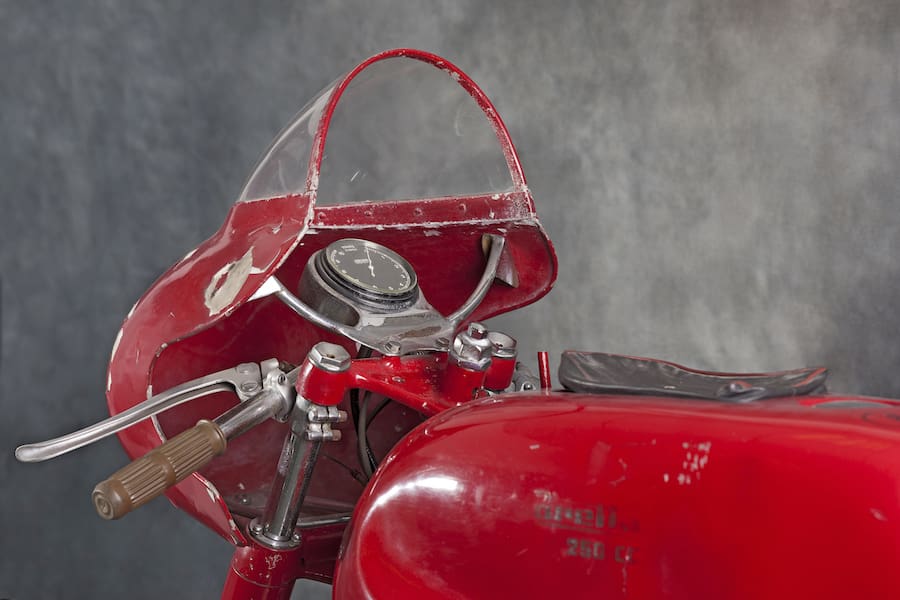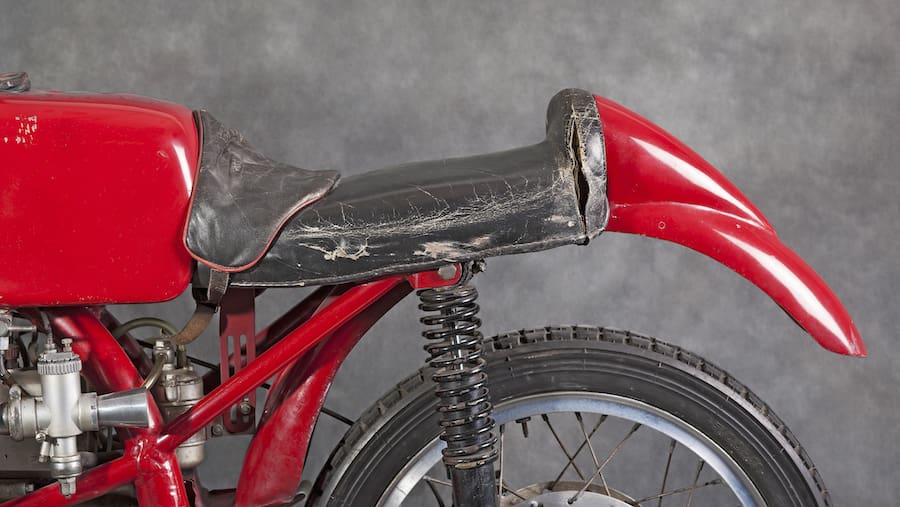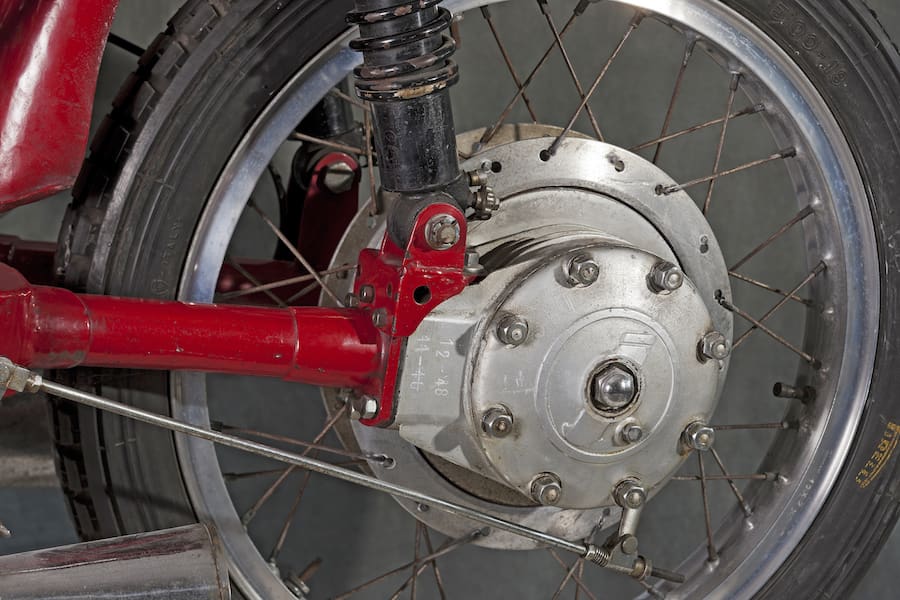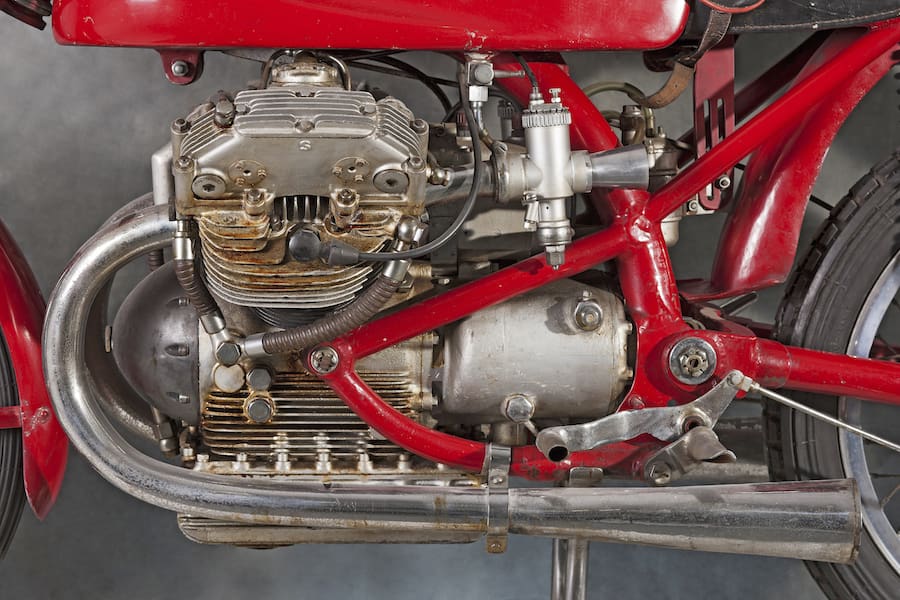Here’s a simple question. Name the Italian motorcycle manufacturer synonymous with transverse, overhead-valve V-twins since 1965? Yes, it’s Moto Guzzi.
Now name the Italian company which revealed a similar V-twin at the International Milan Fair in 1951.
Still thinking? Okay, let’s put you out of your misery. Lambretta quickly became a giant of post-World War II transportation in Italy with scooters inspired by the rugged US military Cushman runabout. It even built racing versions for Italy’s early national motorcycle championships.
But a little-known part of Lambretta’s history was its early ambition to become a major player in Grand Prix racing.
It is only due to the efforts of a passionate and far-sighted Italian two-wheel enthusiast that any trace of Lambretta’s GP adventure exists today.
HOW IT ALL STARTED
Lambretta founder Ferdinando Innocenti’s cheap two-stroke scooters helped mobilise a nation devastated by a world war. The financial return from Lambretta’s massive scooter sales in the late 1940s allowed Innocenti to commission Giuseppe Salmaggi to design a sophisticated overhead-camshaft four-stroke GP racer.
Salmaggi was one of Italy’s leading motorcycle designers of the pre-war era. His Gilera Saturno had become the most sought-after privateer race bike of the 1930s and if his pushrod production-racer Saturno was the benchmark for single-cylinder 500cc Italian racing machinery, his Lambretta V-twin was to boldly go where no GP designer had gone before.
Sure, there were inline four-cylinders from Gilera, and soon from MV Agusta, plus a 120-degree V-twin from Moto Guzzi, but when the Lambretta was first displayed at the 1951 Milan show there was nothing like it on Earth.
Read the full story in the current issue (Vol 67 No 15) of AMCN on sale now!















